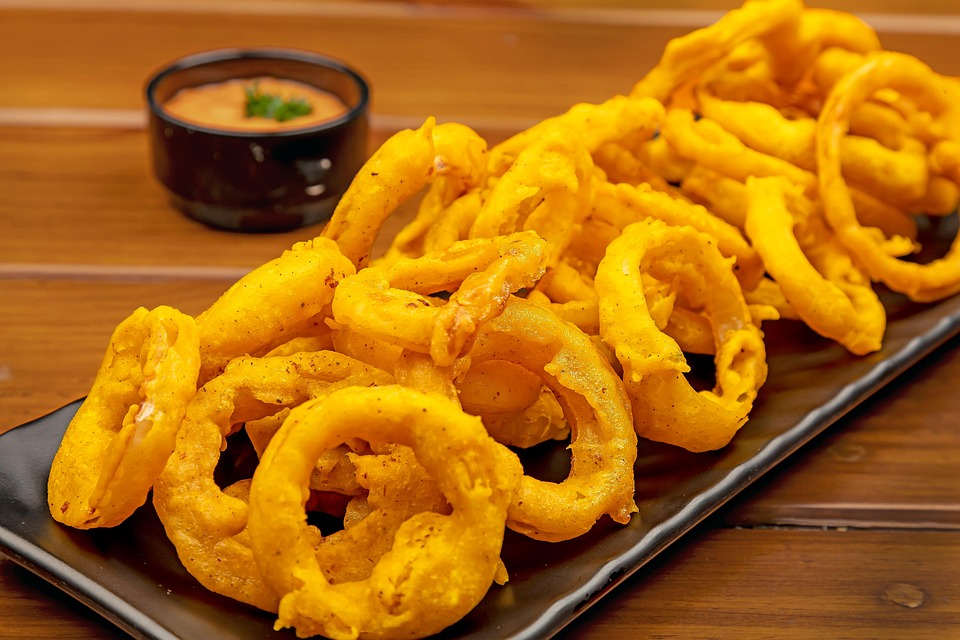In recent years, a unique culinary trend has emerged, capturing the attention of food enthusiasts and adventure seekers alike: dining in the dark. This experiential eating phenomenon offers much more than just a meal; it invites participants to engage their senses in ways they may have never considered. As the popularity of these immersive dining experiences continues to grow, they shine a light on the transformative power of perception, community, and creativity in the culinary world.
What is Dining in the Dark?
Dining in the dark, as the name suggests, involves enjoying a meal in complete darkness. Guests are usually escorted into a pitch-black dining room by specially trained staff, often including individuals with visual impairments. Once seated, diners relinquish their sight and are invited to focus on their other senses—taste, smell, touch, and sound—as they savor a carefully curated menu.
The philosophy behind this experience is rooted in the belief that by eliminating one sense, the others become heightened. Diners often discover new flavors and textures, leading to revelations about food and how we experience it.
A Sensory Adventure
Engaging all the senses is a key component of dining in the dark. The anticipation that builds as guests wait for their first course to arrive is palpable. As food is served, the tactile experience becomes a focal point; the feel of different textures becomes a game of sorts, encouraging diners to guess the ingredients without visual cues.
Smell plays a crucial role, too. Aroma often triggers memories and associations, which can dramatically enhance the dining experience. With the light dimmed, participants may find themselves more open to exploring unfamiliar dishes and flavor combinations, leading to a deeper connection with the food.
The Social Aspect
Dining in the dark is not just about the food; it’s also about the experience shared among diners. The act of eating in darkness fosters an environment where conversation flows more freely, as the usual visual cues that guide social interaction are stripped away. Guests may find themselves engaging in deeper conversations, feeling more connected to their companions without the distractions of a well-lit environment.
Many restaurants have opted for communal seating arrangements, which further promotes interaction among diners. This strong sense of community is a driving force behind the popularity of this dining trend.
The Rise of Experiential Eating
The allure of experiential dining goes beyond just dining in darkness. Consumers are increasingly seeking out unique and memorable experiences rather than simply meals. Whether it’s a themed event, a chef’s tasting menu, or a cooking class, the preference for experiences over material goods is reshaping the culinary landscape.
Dining in the dark epitomizes this shift, offering a chance to stimulate the senses and create lasting memories. The novelty of the experience often leads to word-of-mouth recommendations and social media buzz, further amplifying its appeal.
The Role of Technology and Inclusion
While dining in the dark focuses on sensory engagement, it also highlights important social themes such as inclusivity and accessibility. Many establishments employ blind or visually impaired staff, not only providing employment opportunities but also ensuring that diners benefit from their expertise in navigating the sensory experience.
In recent years, technology has also emerged as a key player. Some restaurants are incorporating augmented reality (AR) to enhance the experience further. Diners may use AR glasses to see images or videos related to their meal, adding an innovative layer to the dark dining experience.
Conclusion
Dining in the dark is more than just a culinary gimmick; it represents a growing movement toward experiential eating that values connection, creativity, and personal discovery. As more restaurants embrace this trend, they continue to redefine our relationship with food and with one another. Whether seeking adventure, camaraderie, or a fresh perspective on flavor, diners are sure to find their senses awakened in the enchanting world of dining in the dark.
As we move forward, the question becomes: what other sensory experiences await us in the ever-evolving landscape of culinary expression? The future looks bright—even if we sometimes dine in darkness.



